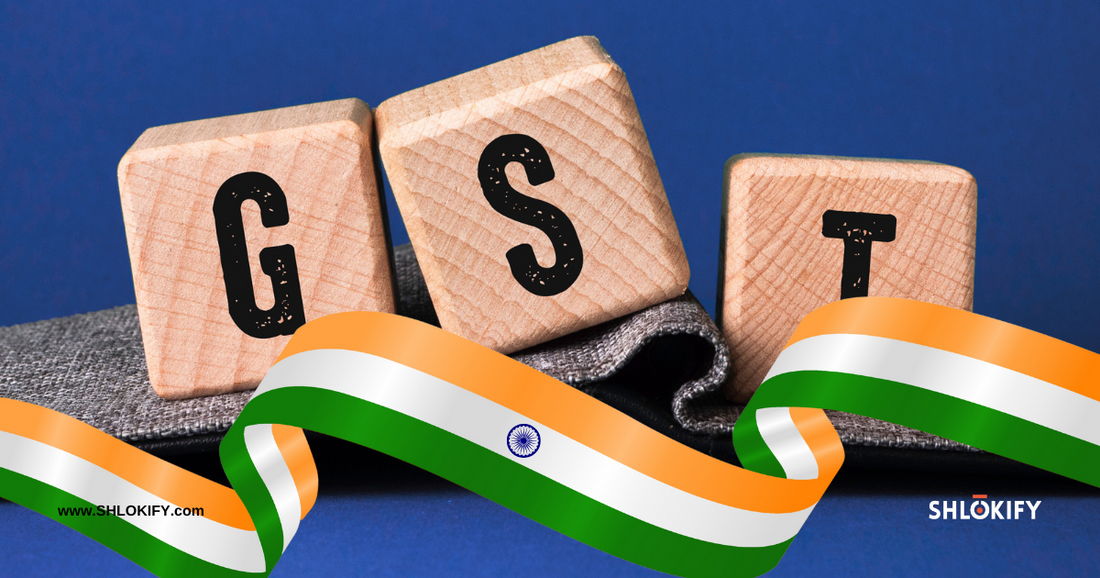
The Key Qualities of GST in India: A Game Changer for Businesses and Consumers
Share
Since its introduction in July 2017, the Goods and Services Tax (GST) has been one of the most significant tax reforms in India. Designed to replace a complex web of indirect taxes, GST has simplified the taxation system and created a unified market across the country. Let’s explore some of the standout qualities of GST that make it beneficial for businesses, consumers, and the Indian economy.

1. One Nation, One Tax
Before GST, multiple indirect taxes such as VAT, excise, and service tax were levied at different stages. GST consolidated these into a single tax, bringing uniformity across states and sectors. This has not only made compliance easier but also reduced confusion for both businesses and consumers.
2. Transparency and Clarity
GST has improved transparency in the tax system. Since every stage of the supply chain is recorded through invoices and returns, it reduces the chances of hidden charges. Consumers now get a clear picture of how much tax they are paying.
3. Reduction in Cascading Effect of Taxes
Earlier, taxes were applied on taxes — a problem known as the cascading effect. GST eliminated this by allowing businesses to claim input tax credit (ITC) at every stage. This means tax is levied only on the final value addition, lowering overall costs.
4. Boost to Ease of Doing Business
GST has simplified business operations by replacing numerous taxes with a single structure. For startups and SMEs, this means easier registration, filing, and compliance. It also reduces the need for dealing with multiple tax authorities. At SHLOKIFY, for example, having GST in place allows smoother operations for selling apparel across different states without worrying about varying state tax rules.
5. Encouragement of Digitalization
The GST system is largely technology-driven. From registration to return filing, most processes are conducted online. This shift not only reduces paperwork but also encourages digital adoption among businesses, improving efficiency.
6. Wider Tax Base and Better Compliance
With mechanisms like e-invoicing and e-way bills, GST has expanded the tax base and reduced tax evasion. This leads to better revenue collection for the government, which in turn can be used for development projects.
7. Consumer-Friendly Pricing
By removing cascading taxes and creating a standardized structure, GST has helped stabilize prices across states. For consumers, this often translates into lower prices for many goods and services in the long run.
8. Progress for the Nation
The impact of GST has gone beyond businesses—it has supported India’s broader economic progress. Some of the notable achievements include:
Higher Revenue Collection: GST has consistently improved tax collections, giving the government more resources for infrastructure, healthcare, and education.
Growth in Exports: With smoother tax refunds and input credits, exporters face fewer hurdles, making Indian goods more competitive globally.
Stronger Logistics Network: The removal of state tax barriers has cut down delays at state borders, making goods movement faster and reducing logistics costs.
Formalization of the Economy: By bringing more businesses into the tax net, GST has encouraged transparency and helped grow India’s formal economy.
Conclusion
The qualities of GST in India—uniformity, transparency, simplicity, and digital-first design—make it a powerful reform that has reshaped the country’s tax ecosystem. While challenges remain in areas like compliance burden for small businesses, GST has undoubtedly made trade smoother and the economy more integrated.
For entrepreneurs and consumers alike, including brands like SHLOKIFY, GST represents a step forward toward a more transparent, efficient, and unified India. It has also laid the foundation for long-term economic growth, positioning India as a stronger, more competitive player in the global market.
One Nation. One Tax. One Future. GST is powering India’s growth story. Jai Hind!

 Need help?
Need help?